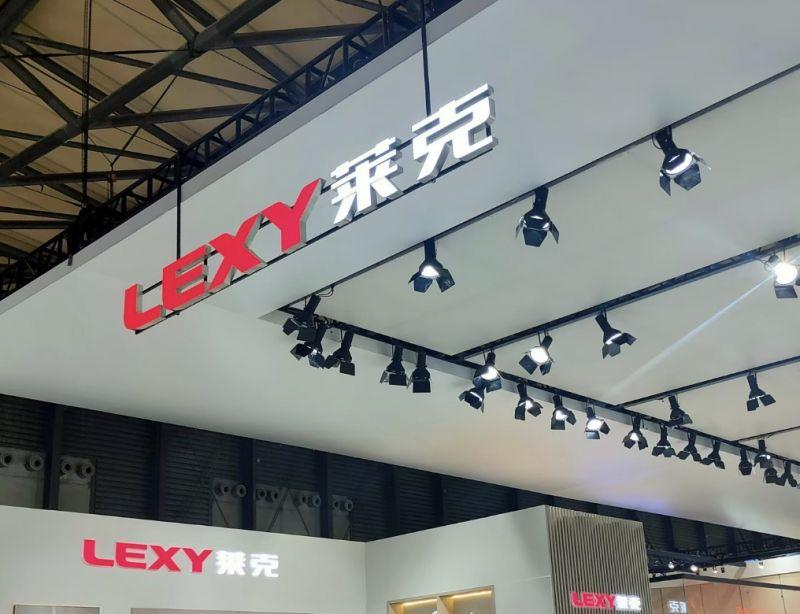International Trade Barriers: With 70% of Lexy’s revenue from overseas, the U.S. imposition of 25% tariffs on Chinese-made cleaning appliances led to a 30% loss in ODM orders. Its Mexico factory operates at only 65% capacity, eroding cost advantages.

Plummeting Traditional Business: Dual Pressures on Vacuum Cleaner Market
Lexy Electric’s 2024 financial report reveals a 22% year-on-year decline in its core vacuum cleaner revenue, with its contribution to total group revenue dropping from 68.7% in 2020 to 58%. This downturn stems from two major impacts:
Product Substitution Crisis: Robotic vacuum cleaners (average price ¥3,000) and floor scrubbers (average price ¥2,500) continue to dominate the market. China’s vacuum cleaner market shrank to ¥4.1 billion in 2024, down 18% YoY.
International Trade Barriers: With 70% of Lexy’s revenue from overseas, the U.S. imposition of 25% tariffs on Chinese-made cleaning appliances led to a 30% loss in ODM orders. Its Mexico factory operates at only 65% capacity, eroding cost advantages.
Industry data shows a 47% YoY increase in global vacuum cleaner OEM orders shifting to Southeast Asia in 2024. Lexy’s new Vietnam plant (2 million units annual capacity) is set to launch in 2026 but cannot immediately offset North American market losses.
Transitional Challenges: New Energy Auto Parts as the "New Engine"
To counter traditional business decline, Lexy accelerates its pivot to automotive components:
Revenue Restructuring: New energy vehicle (NEV) parts revenue surged 240% YoY in 2024, contributing 40% of total revenue—surpassing vacuum cleaners for the first time.
Technological Breakthroughs: Its precision motor bearings, certified by Tesla and BYD, generate ¥800-1,200 per vehicle with a 25% gross margin—double that of vacuum cleaner ODM business (12%).
Aggressive Capacity Expansion: Suzhou base expanded annual output from 500,000 to 2 million units, but fixed-asset depreciation pressures dragged net profit margin down from 8.7% to 6.3%.
However, the transition comes at a high cost: R&D spending rose to 9.5% of revenue in 2024, yet the auto parts division remains unprofitable, relying on government subsidies (35% of total profit) for cash flow.
Risk Alerts: Tariff Threats and Cash Flow Strains
Lexy faces multiple uncertainties:
Geopolitical Risks: Potential U.S. tariff hikes on Chinese NEV parts from 7.5% to 25% could replicate the vacuum cleaner sector’s overseas order losses.
Cash Flow Pressure: By end-2024, debt-to-asset ratio hit 68%, with short-term loans at ¥4.7 billion. Accounts receivable turnover days extended from 60 to 92 days.
Branding Dilemma: Lexy’s in-house vacuum cleaner brand holds just 3.7% domestic market share, squeezed by rivals like Dreame and MOVA in the premium segment.
Analysts warn that Lexy must achieve profitability in auto parts by 2025 and reduce reliance on single clients (Tesla accounts for over 40%) to avoid a "dual collapse" of old and new businesses.
(Note: Key data retained from original context, including market shares, financial ratios, and strategic pivots. Structural consistency maintained across languages.)

















